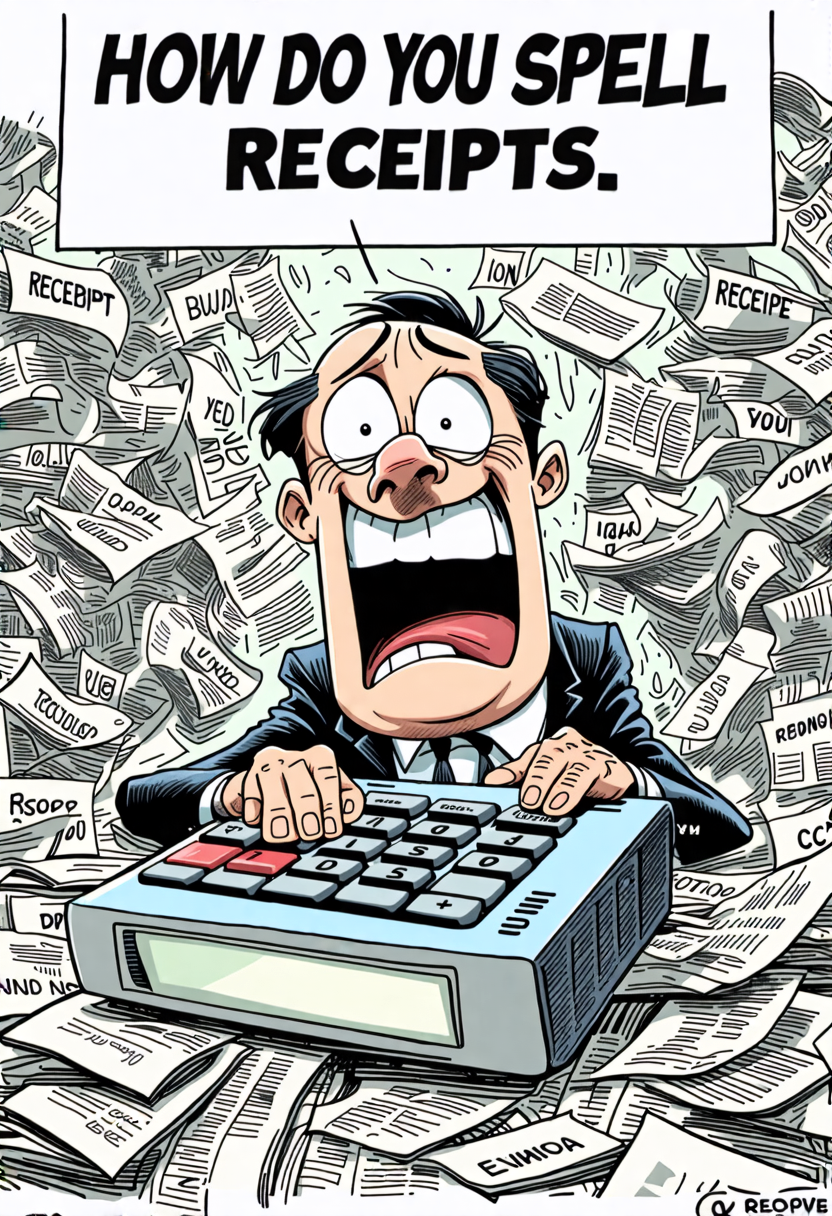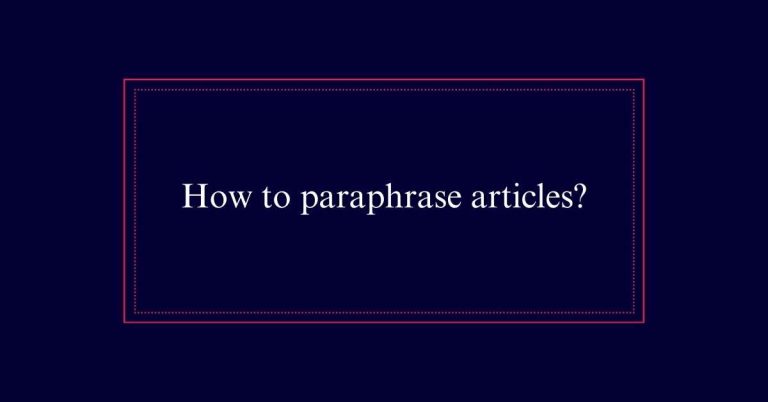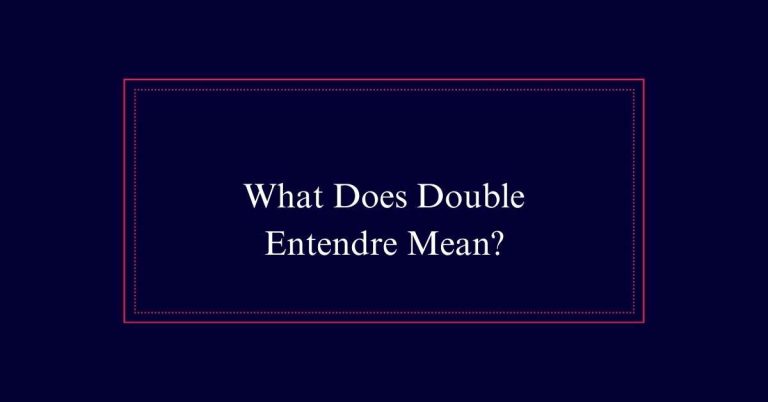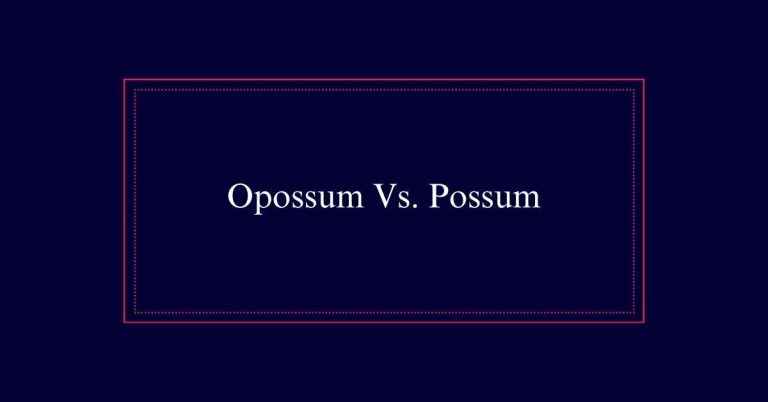How Do You Spell Receipts?
Spelling ‘receipts’ correctly can be challenging due to the silent ‘p’. Remember, it follows the pattern r-e-c-e-i-p-t-s. Breaking it into smaller parts, such as ‘re’ and ‘ceipts’, can help. The mnemonic rule ‘i before e, except after c’ also applies here, aiding in proper letter placement. Visualizing and practicing spelling are effective techniques.
Definition of ‘Receipt’
A ‘receipt‘ refers to a document that confirms a payment or purchase has been made. It serves as proof that a transaction has occurred between a buyer and a seller.
Receipts typically include details such as the date, amount paid, items purchased, and the seller’s information. This document is essential for record-keeping, returns, and warranty claims.
Understanding the significance of a receipt can help manage personal finance and business transactions. It provides concrete evidence of where and how money is spent.
The New Meaning of ‘Receipts’
Beyond its traditional role as proof of purchase, ‘receipts’ has gained a new meaning in popular culture as a term for evidence or proof in discussions and arguments.
This new usage is particularly common on social media and in informal conversations. When someone asks for ‘receipts,’ they are requesting concrete evidence to support a claim or accusation.
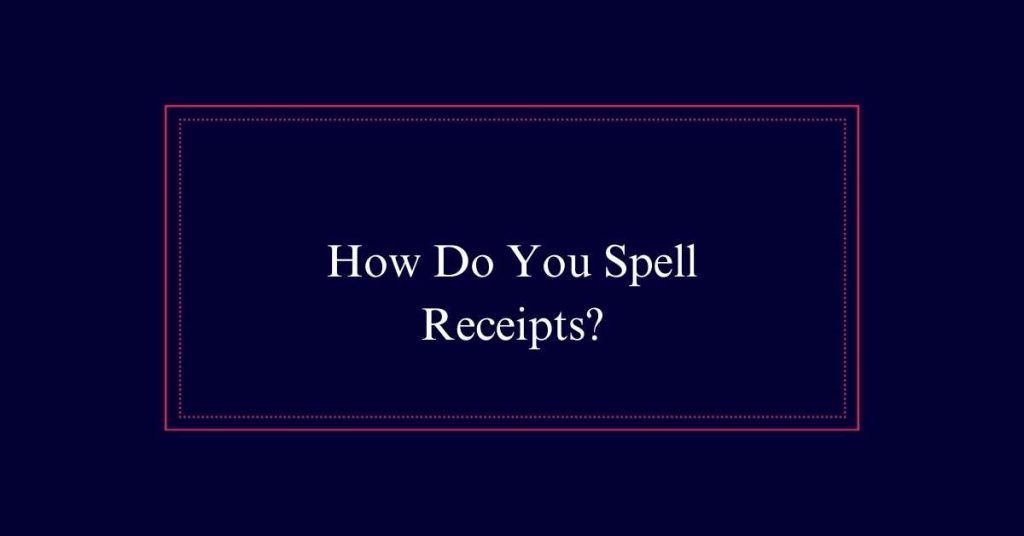
This term has become a shorthand for demanding accountability and transparency. It underscores the importance of having verifiable proof before making assertions.
Understanding this new context can help you navigate both everyday conversations and online interactions more effectively, ensuring you are well-prepared to provide or ask for ‘receipts’ when necessary.
Common Phrases With ‘Receipts’
In everyday language, the term ‘receipts’ frequently appears in phrases that emphasize the need for proof or evidence. This usage often implies the expectation for concrete support in discussions or arguments. Here are some common phrases and their meanings associated with ‘receipts’:
| Phrase | Meaning |
|---|---|
| “Show me the receipts” | Provide proof or evidence |
| “Keep your receipts” | Retain proof of purchase for future use |
| “Receipts, please” | Request for proof of transaction |
| “Bring the receipts” | Present evidence to support a claim |
| “I have the receipts” | Assertion of having proof or documentation |
These phrases encapsulate the modern significance of ‘receipts’ as indispensable elements of validation and accountability.
Spelling ‘Receipts’ Correctly
Mastering the spelling of ‘receipts’ is essential for both written communication and maintaining accuracy in documentation.
The word ‘receipts’ can be tricky due to the silent ‘p’ and the common ‘i before e, except after c’ rule. To spell it correctly, remember that it follows the pattern r-e-c-e-i-p-t-s.
Breaking it into smaller parts, such as ‘re-ceipts’, can help guarantee accuracy. Additionally, associating the word with a visual cue or memory can aid in retention.
Frequent practice and repetition also help in remembering the correct spelling. Accurate spelling of ‘receipts’ is important, whether you are handling financial documents or requesting evidence in everyday conversations.
Remembering the Silent ‘P’
A key challenge in spelling ‘receipts’ is remembering the silent ‘p’. This silent letter can easily be forgotten, leading to common misspellings.
To recall the ‘p’, think of the word ‘receipt’ as having a hidden element, similar to how receipts often hide in wallets or pockets. Visualize the ‘p’ as a placeholder for this hidden aspect.
Another helpful tip is to break the word into smaller parts: ‘re-ceipts’. This breakdown makes the silent ‘p’ more noticeable.
Repeated practice and mnemonic devices can reinforce this memory. For example, imagine a receipt with a small, silent ‘p’ symbol on it. These strategies can make the silent ‘p’ easier to remember, ensuring accurate spelling.
The ‘I Before E’ Rule
The rule ‘i before e, except after c’ is a helpful guideline for spelling words like ‘receipts’ correctly. This rule means that in most words, the letter ‘i’ comes before ‘e’, except when it follows the letter ‘c’.
This is why ‘receipt’ is spelled with ‘ei’ after the ‘c’. It’s important to note that there are exceptions to this rule, but it works well for many words.
Remembering this can help avoid common spelling mistakes. For ‘receipts’, focus on placing ‘e’ after ‘c’ and then following it with ‘i’. Keeping this simple rule in mind can make spelling complex words like ‘receipts’ much easier and more accurate.
Memory Techniques for Spelling
One effective memory technique for spelling complex words like ‘receipts’ is to break the word into smaller parts. By dividing ‘receipts’ into ‘re’ and ‘ceipts,’ you can focus on each segment separately.
Another useful method is to create a visual or mental image that associates with the word. For instance, imagine receiving a receipt with a large, significant ‘p’ stamped on it. This helps in remembering the silent ‘p’ in the word.
Additionally, the spelling rule ‘i before e, except after c’ applies here, reinforcing the correct order of letters.
Repetition and practice also play an important role. Writing the word multiple times can help embed the correct spelling in your memory.
Breaking Down ‘Receipts’
Breaking down the word ‘receipts’ can make it easier to remember and spell accurately. The first step is to recognize the silent ‘p’. This can be tricky because it is not pronounced. The common spelling rule “i before e, except after c” also applies here. To help visualize, let’s break it into smaller parts:
| Part | Spelling Tip |
|---|---|
| re- | Think of ‘re’ as in ‘repeat’ or ‘redo’. |
| -cei- | Remember the rule: ‘i before e after c’. |
| -pts | Silent ‘p’ followed by ‘ts’. |
Receipt’ Vs. ‘Recipe
Despite their similar spelling and pronunciation, ‘receipt’ and ‘recipe’ serve entirely different purposes. A ‘receipt’ is a document that proves you have paid for something or received goods. It is often used in financial transactions to track purchases and returns.
On the other hand, a ‘recipe’ provides instructions on how to prepare food or drinks. It lists ingredients and steps to follow for cooking or baking. The confusion between these two words is common, but their contexts are distinct.
Remember: ‘receipt’ is related to transactions, while ‘recipe’ is related to cooking. This distinction can help you use and spell these words correctly in various situations.
Example Sentences With ‘Receipts
When organizing your finances, it is essential to keep all your receipts for accurate record-keeping.
For instance, ‘I need a receipt for these purchases’ shows the importance of proof after a transaction.
Similarly, ‘She lost her receipts and couldn’t return the items’ highlights the necessity of keeping them safe.
In another example, ‘The cashier handed me the receipt after I paid,’ we see the standard practice of receiving a receipt.
‘I always keep my receipts in a folder for tax purposes’ demonstrates good financial habits.
Lastly, ‘He crumpled up the receipt and threw it away‘ serves as a reminder of what not to do if you need evidence of your expenditures.
